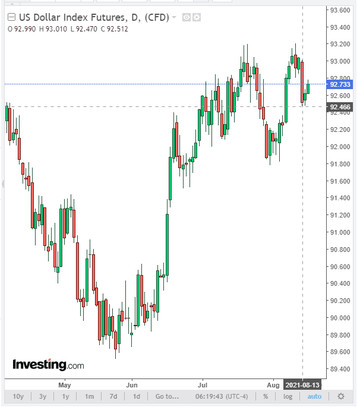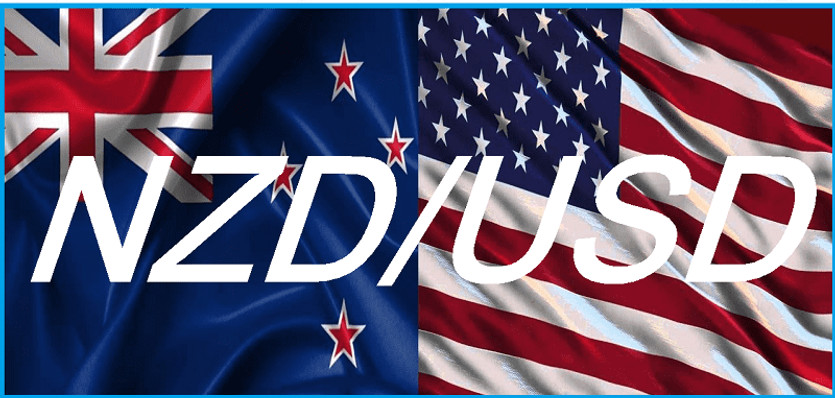The New Zealand dollar has become the leader of today's volatility of quotations. During the Asian trading session, the NZD / USD pair fell more than 1.5%.
The NZD also dropped sharply in cross pairs, and in some of them, for example, in the GBP / NZD pair, the volatility was more than 300 pips, and in the EUR / NZD pair - more than 310 pips. And this is on the eve of tomorrow's central bank meeting.
The New Zealand currency fell sharply after reporting the first coronavirus case in New Zealand since February. Health officials have already hinted at the possibility of introducing a lockdown in the country. Their statement notes that "early tough response" is the "best tool" for stopping the spread of the coronavirus.
This message appeared at an extremely inconvenient moment for NZD buyers. The RB of New Zealand meeting will take place on Wednesday and it was widely expected that the bank's executives would decide on a rate hike. Earlier, at the beginning of this month, representatives of the RBNZ management proposed tightening mortgage lending standards from October 1. The bank's management will hold "consultations on restrictions regarding the ratio of the size of debt obligations and income, the minimum level of interest rates", since "the previous restrictions did not lead to a significant reduction in risky lending". The goal of these measures is to reduce the share of the most risky new home loans to 10% from the current level of 20%. This news contributed to a rather sharp strengthening of the New Zealand dollar, and it continued to hold the won positions until today.
Now expectations of a rise in interest rates have eased significantly, and with them - the New Zealand dollar. If the government decides to introduce a lockdown, as advised by the country's health officials, the Reserve Bank of New Zealand on Wednesday may respond by leaving its key interest rate unchanged at 0.25%. The decision of the RBNZ on the interest rate will be published on Wednesday at 02:00 (GMT), and at 03:00 a press conference will begin, during which the head of the RBNZ, Adrian Orr, will make an explanation of the bank's decision. His speeches often serve as an unofficial source of information on the future direction of the RBNZ's monetary policy.
Earlier, the RBNZ said that against the background of "many factors of uncertainty" monetary policy "will remain soft for the foreseeable future", but "can be adjusted accordingly". For a stable recovery of the New Zealand economy and rising inflation, "a weaker NZ dollar is needed".
It will be very interesting to hear his opinion on the prospects for the bank's monetary policy if the government decides to respond to the Covid-19 case in Auckland (a press conference by the Prime Minister of New Zealand is also expected today). In any case, a sharp increase in volatility in the quotations of the New Zealand dollar is expected after the publication of the decision on the rate and during the press conference of the RBNZ.
Meanwhile, the US dollar strengthened during today's Asian session, while the DXY dollar index continued to rise after hitting a local low near 92.47 last Friday. As of this writing, DXY futures are traded near 92.73, 11 pips above today's opening price.

The volatility of the dollar quotes will rise again today at 12:30 (GMT), when the data on the state of the retail sector will be released. Retail sales are expected to decline to -0.2% in July (versus +0.6% in June). A decrease in the indicator is likely to have a negative impact on the USD.
And at 17:30 the speech of the head of the FRS Jerome Powell is scheduled. Recently, more and more Fed leaders have signaled their penchant for tough policies amid strong employment data and rising inflation. If Powell also hints at the possibility of an earlier start to curtail the Fed's stimulus programs, then the dollar could react with a sharp rise.





